Node positioning is the premise of realizing sensor network application. Control node positioning error becomes the key to ensure the normal operation of the network. A ranging-based positioning algorithm can achieve good accuracy, but requires a measuring device and is not suitable for a wireless sensor network with limited energy. In this paper, the commonly used non-ranging location algorithm is analyzed, and an improved sequence-based non-ranging location algorithm is proposed to improve the performance of wireless sensor network location algorithm.
introduction
Wireless sensor networks have the characteristics of flexible deployment, easy information acquisition and transmission [1], and have been widely used. Since wireless sensor network nodes generally adopt low-power settings to solve the problem of energy replenishment in long-term working conditions, the node positioning technology is different from the Global Positioning System (GPS) positioning technology. If a ranging-based positioning algorithm is used, good precision can be achieved, but additional physical measurement equipment is required, hardware cost and power consumption are too high, and it is not suitable for a large-scale wireless sensor network. The non-ranging based positioning algorithm has become a research hotspot because it does not need to measure the physical distance or angle between sensor nodes and has better practicability in practice.
At present, non-ranging based algorithms include DVHop (Distance VectorHop) algorithm [2], Centroid algorithm [3], APIT algorithm [4], and SBL (SequenceBased LocalizaTIon) algorithm [5]. The SBL algorithm is a non-ranging location algorithm that uses the received signal strength RSSI to collect beacon node sequences and implement node localization by region division. Compared with the strength of the RSSI signal, the algorithm obtains the relative distance between the node to be located and the different beacon nodes. It has the characteristics of low complexity, high positioning accuracy and strong robustness. However, the SBL algorithm can not fully utilize the information of beacon nodes and unknown nodes beyond the one-hop range. By analyzing the node information outside the one-hop range, the accuracy of the algorithm is improved under the same conditions. The simulation experiment shows that ASBL (Advanced SequenceBased) The LocalizaTIon algorithm has a significant performance improvement over the SBL algorithm.
1 Modeling
In wireless sensor networks, nodes are divided into two categories: beacon nodes and unknown nodes. The proportion of the beacon node is small, and the exact position of the beacon node can be known. The unknown node uses the position information of the beacon node to determine its position by some algorithm. As shown in Figure 1, there are three beacon nodes A, B, and C in the region. The distance between A and C at any point in the upper region of the vertical line in A and C is DA "DC. There is a DC "DA" in the lower side of the vertical line. The different vertical lines intersect each other to divide the area where the network is located into smaller independent areas, and the distance order of each independent area to the beacon node is unique. This sorting sequence is called the signature sequence of the independent area. If a node to be located measures the signal strength of each beacon node through the RSSI in the DC ∩DB DC ∩ DA DC area, the obtained signal strength should be SB 》SA 》SC, and the node to be located considers itself to be measured. The positioning sequence is BAC.
Figure 1 Area division and signature sequence
The matching similarity between the two sequences is measured by the Spearman's Rank Order CorrelaTIon Coefficient and the Kendall's Tau. Given two sequences U = {ui} and V = {vi}, 1 ≤ i ≤ n, where n represents the number of beacon nodes and ui and vi represent the position of the beacon node in the sequence. Use Ï to represent the Spearman correlation coefficient and Ï„ to represent the Kendall rank correlation coefficient.

Where nc represents the number of pairs of nodes in the two sequences in the same order, nd represents the number of pairs of nodes in the two sequences that are inconsistent, and ntu and ntv represent the internal relations of the two sequences, respectively.
The values ​​of Ï and Ï„ are both between -1 and 1. The values ​​of Ï and Ï„ of two identical sequences are 1, the values ​​of Ï and Ï„ of the two sequences that are completely uncorrelated are 0, and the values ​​of Ï and Ï„ of the two inverted sequences are -1. The SBL algorithm takes the sequence with the largest Ï and Ï„ values ​​as the matching sequence. As shown in FIG. 2, the node to be located is matched with the sequence in the “signature sequence table†by the matching algorithm of the formula (1), and the region where the user is located can be obtained, and the centroid of the region is taken as its own coordinate.
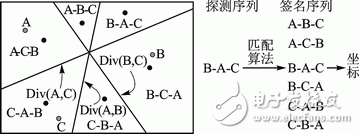
Figure 2 Matching probe sequence to complete positioning
2 ASBL algorithm
The node to be located of the ASBL algorithm can only receive the RSSI value of the beacon node within the communication radius, and cannot fully utilize the beacon node information outside the communication radius to locate. When the number of beacon nodes in the network increases, the theoretically divided regions do not play a role.
As shown in FIG. 3, S represents a node to be located, and the most central dotted line range indicates a possible to-be-positioned area after S is initially positioned by the RSSI sequence. A denotes a beacon node within the S communication range, B denotes a beacon node of a 2-hop range, and C and D denote beacon nodes of a three-hop range. The bisector between AB, AC and AD is respectively made, and the bisector between AB and AC traverses the to-be-positioned area of ​​S, which can reduce the area of ​​the area to be located. When the beacon node D is located at the edge of the three-hop range, AD The bisector between the two is just tangent to the edge of the area to be located and fails to pass through the area to be located. Therefore, in a uniformly distributed network, the beacon node having a smaller hop count from the node to be located has a larger positioning help for the node to be located. As the hop count increases, the beacon node outside the three-hop range cannot be positioned. The positioning of the nodes provides useful location information. In practice, the upper limit of the hop count of the location query information sent by the node to be located is set to 6, which can maximize the position information of the multi-hop beacon node without consuming too much energy for communication.
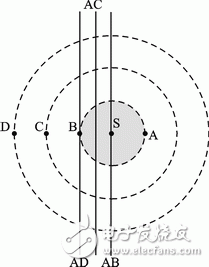
Figure 3 The vertical line between beacon nodes of different hop counts
As shown in FIG. 4, the beacon node of one hop can provide a substantially to-be-positioned area for the node to be located, and the two-hop beacon node can generally reduce the area of ​​the to-be-positioned area by about 75%, other than three-hop and three-hop. The beacon node can continue to reduce the area of ​​the area to be located by about 20% on the basis of the second hop.
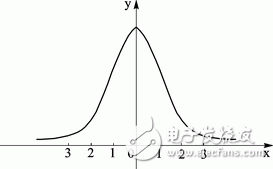
Figure 4: Beacon nodes with different hops help with positioning
3 simulation verification
This paper uses Java language to develop a simulation platform to analyze and test various performance indicators of ASBL algorithm. The sensor nodes are randomly deployed in an area of ​​200 m × 200 m, and the communication radius of the node defaults to 30 m. The data in Table 1 is the parameter information of the simulation platform.
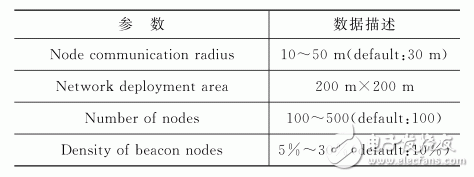
Table 1 Simulation platform default parameter information
3.1 Influence of node density on positioning accuracy
In this group of simulations, the nodes are randomly deployed, the beacon node density is set to 10%, the number of nodes varies between 100 and 500, the node communication radius coverage irregularity is 0, and the remaining parameters remain unchanged. It can be seen from Fig. 5 that with the increase of the node density, the positioning accuracy of each algorithm is improved. When the nodes reach 400, the performance of each algorithm tends to be stable. Because the beacon node and the unknown node outside the one-hop range can be used to assist the positioning, the positioning accuracy of the ASBL algorithm is about 25% higher than that of the DV-Hop algorithm, about 15% higher than the APIT algorithm, and 12% higher than the SBL algorithm.
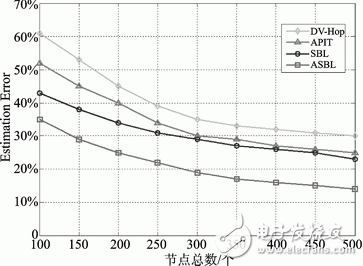
Figure 5 Effect of node density on positioning accuracy
3.2 Influence of node communication radius on positioning accuracy
Set the total number of nodes to 300, the beacon node density to 10%, and the node communication radius to increase from 10 to 50 m. The remaining parameters are repeated 10 times according to the default settings. It can be seen from Fig. 6 that the positioning accuracy of the ASBL algorithm is 75% higher than that of the SBL algorithm when the communication radius is 10 m. This is because the ASBL can make full use of the beacon nodes outside the one-hop range. When the communication radius is 50 m, the positioning accuracy of the ASBL algorithm is only 1.4% higher than that of the SBL algorithm. This is because when the node communication radius increases, the beacon node that is originally outside the one-hop range will be within one hop range.
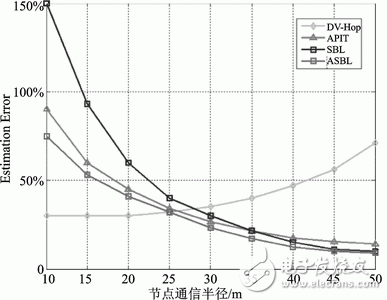
Figure 6 Effect of node communication radius on positioning accuracy
Conclusion
The non-ranging positioning technology has become the main research direction of wireless sensor network positioning technology with less energy and simple hardware. This paper proposes the ASBL algorithm and improves the SBL algorithm to improve the adaptability and robustness of the algorithm. The proper positioning algorithm is the basis of the normal operation of the wireless sensor network. The research on the non-ranging positioning algorithm will be developed in the direction of reducing energy consumption and improving positioning accuracy, thereby greatly improving the survivability and working efficiency of the network.
The LG Laptop Charger is specially designed for your LG notebook to recharge the battery. Yidashun can offer a full range replacement LG power Adapter for laptop with best service at the lowest cost.
All our LG Laptop Charger are Brand New Replacement Product, works as Genuine parts, 100% OEM Compatible!! Our adapter with smart IC to protect your laptop with over current protection, over load protection, short circuit protection, over heat protection.
If your original LG laptop charger is not work anymore, please tell us your laptop model, we will help select the correct OEM replacement models for you. we offer a full 1 year warranty for our adapters.
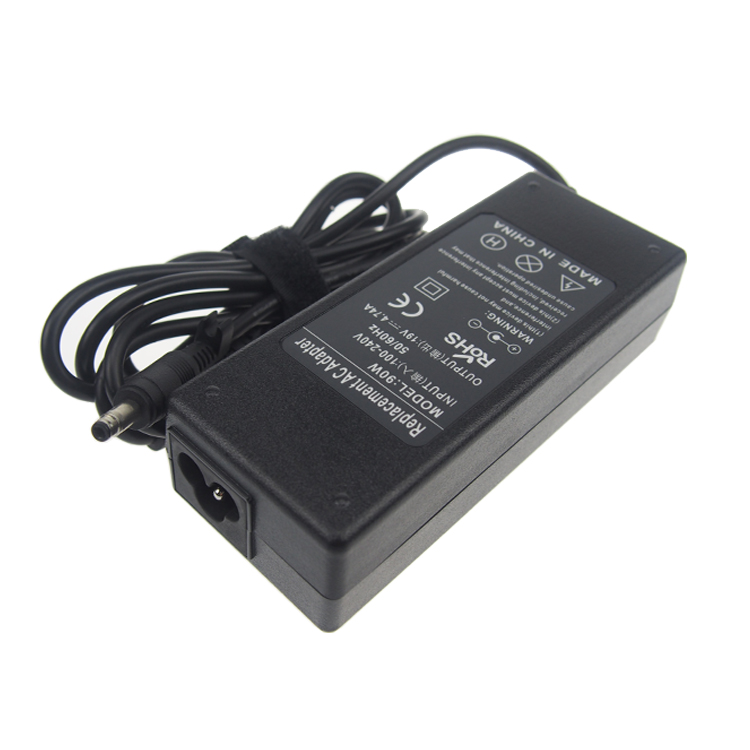
LG Laptop Charger,LG Battery Charger,LG Laptop Tablet Charger,LG Laptop Battery Charger
Shenzhen Yidashun Technology Co., Ltd. , https://www.ydsadapter.com